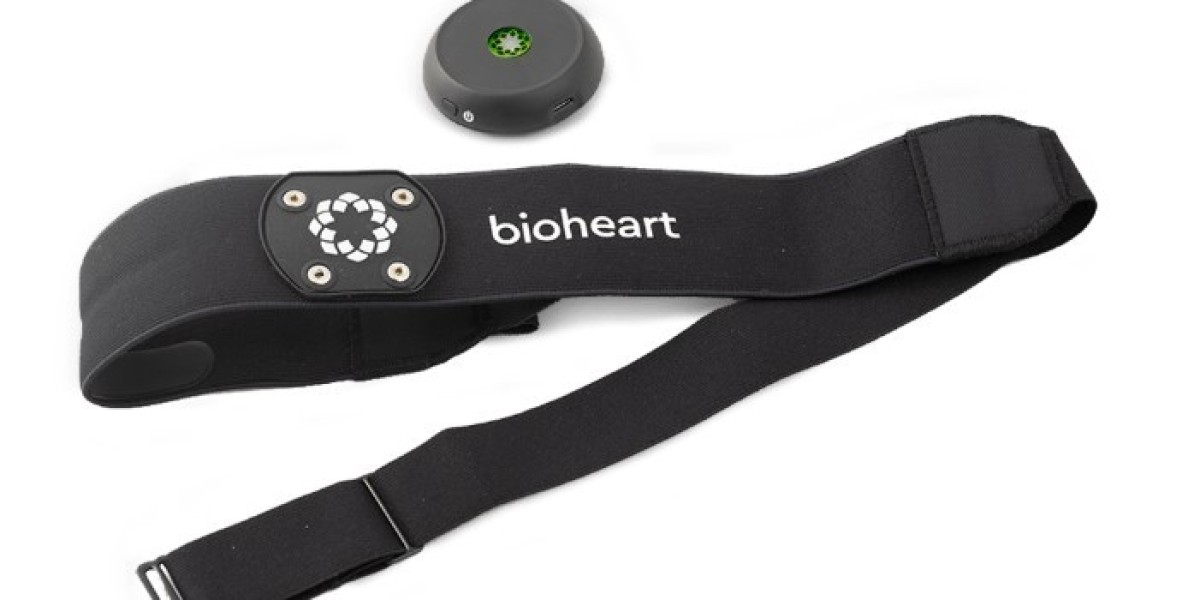The healthcare industry is undergoing a transformation with the rise of remote biometric monitoring and remote cardiac monitoring devices. These technologies are enabling more efficient and personalized care, especially for patients with chronic conditions like heart disease. Remote monitoring is becoming an integral part of patient management, allowing healthcare providers to track vital signs in real time, reduce hospital visits, and offer more proactive treatments. Let’s explore how these technologies are reshaping healthcare and improving patient outcomes.
What is Remote Biometric Monitoring?
Remote biometric monitoring refers to the use of wearable devices and sensors to collect a patient’s biometric data, such as heart rate, blood pressure, temperature, and oxygen levels. This data is transmitted in real time to healthcare providers, who can then analyze it and make informed decisions about treatment plans. The goal of remote biometric monitoring is to allow healthcare professionals to track their patients' health remotely, reducing the need for frequent in-person visits.
These devices can be worn continuously, providing a constant stream of data that offers valuable insights into a patient’s health. For example, a remote biometric monitor might track a patient’s heart rate variability, providing critical information about how well their heart is functioning. It could also monitor oxygen levels, which is essential for patients with respiratory issues or those recovering from surgery.
Remote biometric monitoring is especially beneficial for individuals with chronic conditions or those in need of ongoing health management. With these devices, healthcare providers can stay on top of changes in a patient's condition, making it possible to adjust treatment plans quickly and efficiently. This proactive approach helps prevent emergencies and reduces hospitalizations.
The Role of Remote Cardiac Monitoring Devices
One of the most significant advancements in remote biometric monitoring is the development of remote cardiac monitoring devices. These devices are specifically designed to monitor the health of the heart, providing real-time data on heart rate, rhythm, and other vital cardiac metrics. For individuals with heart conditions such as arrhythmias, coronary artery disease, or heart failure, these devices are invaluable tools in managing their condition.
Remote cardiac monitoring devices come in various forms, including wearable ECG monitors, chest straps, and patches. These devices can continuously monitor a patient’s heart activity and send the data to healthcare providers for analysis. In many cases, these devices are capable of detecting irregularities in the heart's rhythm, such as atrial fibrillation, which may go unnoticed without continuous monitoring.
The primary advantage of remote cardiac monitoring is that it allows for early detection of heart-related issues. If a patient experiences an abnormal heart rhythm or a change in heart rate, the device will alert both the patient and their healthcare provider, enabling prompt intervention. This is especially crucial for patients who may not experience noticeable symptoms of heart issues but are still at risk for serious complications.
For patients with chronic heart conditions, remote cardiac monitoring devices provide peace of mind, knowing that their heart health is being monitored around the clock. These devices help healthcare providers track the effectiveness of treatment plans and make necessary adjustments, ensuring that patients receive the most appropriate care.
Key Benefits of Remote Biometric and Cardiac Monitoring
1. Improved Access to Care
Remote biometric monitoring and remote cardiac monitoring devices provide greater access to healthcare, especially for patients in remote or underserved areas. With these devices, patients no longer need to travel long distances to see their healthcare providers for routine check-ups. Instead, they can remain at home while their vital signs are continuously monitored. This improves the overall patient experience and ensures that individuals who may otherwise have difficulty accessing care are still able to receive the attention they need.
2. Early Detection and Prevention
The real-time data provided by remote monitoring devices enables early detection of potential health issues. For cardiac patients, this means that heart abnormalities can be identified before they escalate into more serious conditions, such as heart attacks or strokes. By identifying problems early, healthcare providers can intervene sooner, reducing the need for emergency interventions and improving patient outcomes.
3. Reduced Hospital Visits
For many patients with chronic conditions, frequent hospital visits can be a burden. Remote monitoring reduces the need for in-person check-ups by allowing healthcare providers to monitor their patients' health remotely. This not only saves patients time and energy but also reduces the strain on healthcare facilities, enabling them to focus on patients who require more immediate attention.
4. Personalized Care
Remote biometric monitoring allows healthcare providers to offer more personalized care by continuously tracking a patient’s health metrics. With access to real-time data, doctors can adjust treatment plans based on the patient’s specific needs. This ensures that patients receive the most appropriate care for their unique health conditions, improving the overall quality of treatment.
5. Enhanced Patient Engagement
When patients are actively involved in their healthcare, they tend to have better outcomes. Remote biometric monitoring empowers patients to take charge of their health by providing them with real-time feedback on their vital signs. With the data from their monitoring devices, patients can work with their healthcare providers to make informed decisions about their health, such as adjusting medications or adopting healthier lifestyle habits.
The Future of Remote Biometric and Cardiac Monitoring
As technology continues to advance, the capabilities of remote biometric and cardiac monitoring devices are expected to grow even more sophisticated. Future devices may be able to track additional health metrics, such as glucose levels or blood oxygen saturation, providing an even more comprehensive view of a patient’s health. Integration with artificial intelligence (AI) and machine learning could also enable devices to predict potential health issues before they occur, further enhancing the proactive nature of remote monitoring.
Additionally, as telemedicine becomes more widely adopted, remote monitoring devices will play an increasingly important role in virtual consultations. Healthcare providers will be able to monitor patients' health in real time during video calls, ensuring that the care provided is as accurate and effective as possible.
Conclusion
Remote biometric monitoring and remote cardiac monitoring devices are transforming healthcare by providing continuous, real-time data that allows for more proactive and personalized care. These devices enable early detection of health issues, improve patient engagement, and reduce the need for frequent hospital visits. As technology continues to advance, the potential for remote monitoring in healthcare is vast, offering patients and healthcare providers a powerful tool for managing chronic conditions and improving overall health outcomes. The future of healthcare is undoubtedly moving toward more remote, data-driven care, and remote biometric and cardiac monitoring devices are at the forefront of this revolution.



